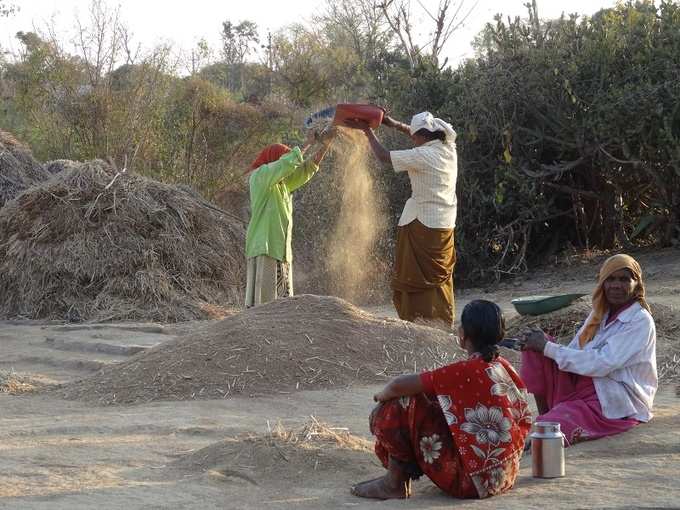
A report about India's labour market has come out with shocking results, claiming that by 2022 half-a-billion people in India would still be in the agriculture sector, contributing to only a 9th of the GDP, while the per-capita incomes will probably stay at around $1.50 per day, which is barely above the poverty line decided by the government of India.
The research note was published by Kotak Institutional Equities, and presents a revised forecast of India's labour market by 2022.
"We note that the 144 million new job opportunities that the industry and services sector have to create over the nine-year period from 2013-22 is woefully short of the around 250 million people who will become eligible to join the workforce over this time period," the report added.
The report analysed about 24 industry reports that were commissioned by the National Skills Development Council (NSDC) as well as similar reports from the end of the last decade. The comparison noted that job creation estimates have "lowered significantly".
While the earlier forecast expected to see 654 million working Indians overall by the fiscal year ending 2022, the new number is 575 million.
Similarly, the earlier estimate had said that 18% of Indian workforce would be employed in agriculture (about 114 million people), but the new report estimates this number to be at 38% (around 216 million people).
The report added that the implications of the new estimates and the poor job creation trajectory will be harmful for the
"Even with the rate of growth in per-capita income expected to be the highest in agriculture, overall incomes are still so low that the average person engaged in agriculture would barely move beyond the poverty line," the report said.
"...half-a-billion people are expected to remain in agriculture, and per-capita incomes will remain at around 1.50 per day, barely above the poverty line," the report added.
Another thing to have come out of the report is that the dependency ratio, which is calculated as the number of the non-working population upon the overall population, will not see a dramatic fall.
Image source